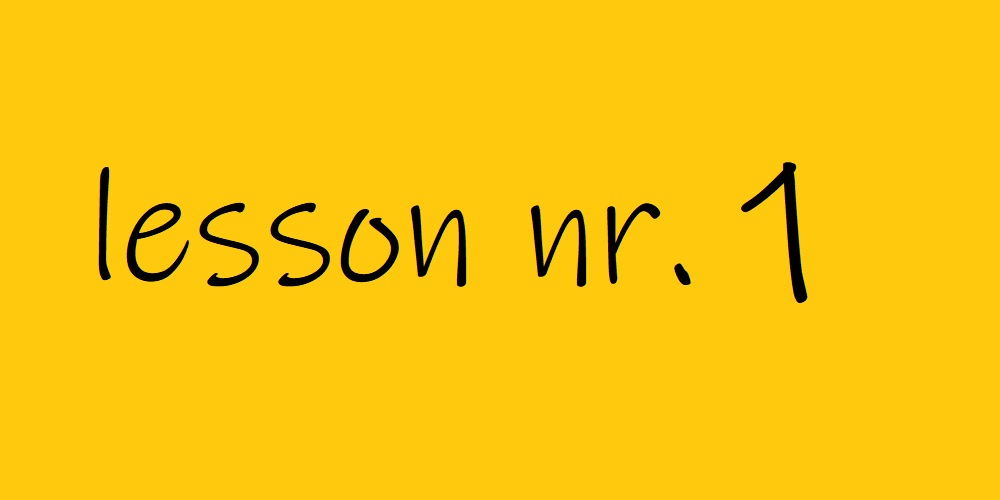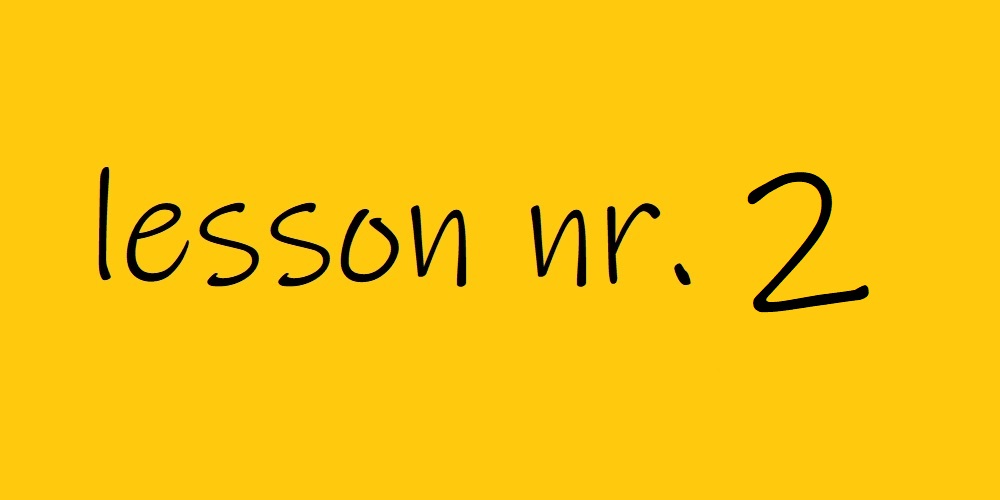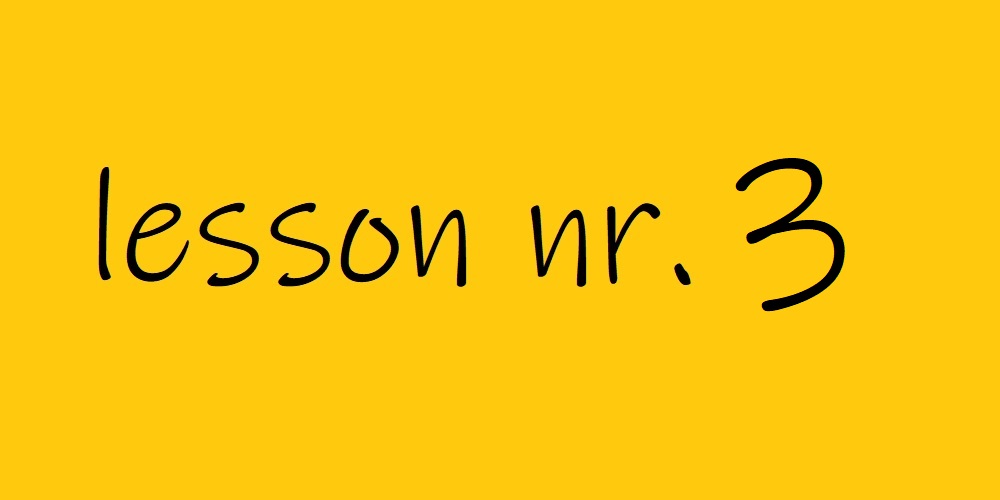Dutch language
Dutch is a West Germanic language that is spoken by 25 million people as their first language and 5 million as their second language. It is the third most widely spoken Germanic language after German and English. Afrikaans is a separate language that is similar to Dutch and is spoken by at least 16 million people mainly in South Africa and Namibia. Dutch is the official language in the Netherlands where it is the only language spoken and in Belgium, where it is one of three official languages, and is also the official language in Suriname, Aruba, Curaçao and Sint Maarten. There are also native speakers of Dutch in the US, Canada, Australia and parts of France, Germany, and Indonesia. Dutch is similar to German and English and is often referred to as being "roughly in between" the two languages. Dutch shares many features with German such as having two to three grammatical genders, using modal particles and having a similar word order, but it also differs from German in several ways, such as not having undergone the High German consonant shift and not using umlaut as a grammatical marker. The vocabulary of Dutch is mostly Germanic and has more Romance loanwords than German but fewer than English.
Name
The native name for Dutch in both Belgium and the Netherlands is Nederlands. In Flanders, the term Vlaams may also be used to describe Standard Dutch, while Hollands may be used colloquially to refer to the standard language in parts of the Netherlands. In English, the language of the Netherlands and Flanders is referred to as Dutch, which comes from Proto-Germanic *þiudiskaz meaning "of the people". During the Early Middle Ages, the term Theodiscus was used in reference to the Germanic vernaculars as opposed to Latin, the language of the Catholic Church. In northwestern West Francia, the term "Dutch" came to mean the opposite of the Romance-speaking population. During the High Middle Ages, "Dutch" referred specifically to the Germanic dialects spoken in the Low Countries. The endonym Nederlands replaced the older endonym Dietsch or Duytsch in the Low Countries, and Nederduytsch received competition from Nederlands in the 16th century, with Nederlands ultimately becoming the most common designation by the close of the 18th century. Nederduits and Hoogduits were later used as Dutch exonyms for Low and High German dialects, respectively. In the 19th century, "Diets" was revived by Dutch linguists and historians as a poetic name for Middle Dutch and its literature.
History
Old Dutch, like Old English (Anglo-Saxon), Old High German, Old Frisian, and Old Saxon, developed around the same time period. The language was initially a set of Franconian dialects spoken by the Salian Franks in the 5th century and evolved over 15 centuries into Middle Dutch and then Modern Dutch. During this evolution, Dutch pushed Old Frisian from the western coast to the north of the Low Countries and replaced Old Saxon in the east, but Dutch was replaced in neighboring regions in France and Germany. The transition between Old, Middle and Modern Dutch was gradual, with the emergence of the Dutch standard language being one of the few moments of noticeable change. The sentence in Old, Middle and Modern Dutch and English is an example of the development of the Dutch language.
Origins
Dutch is a member of the Germanic branch of the Indo-European language family and shares a common ancestry with other Germanic languages like English, German, and the Scandinavian languages. The sound shifts defined by Grimm's law and Verner's law, which differentiate the Germanic languages from other Indo-European languages, took place in the Proto-Germanic language in the mid-first millennium BCE.
Germanic languages are divided into three groups: East (now extinct), West, and North Germanic, and they remained mutually intelligible during the Migration Period. Dutch is part of the West Germanic group, which includes English, Scots, Frisian, Low German (Old Saxon), and High German, and has unique phonological and morphological features not found in the North or East Germanic groups. The West Germanic languages at the time were split into three dialect groups: Ingvaeonic (North Sea Germanic), Istvaeonic (Weser-Rhine Germanic), and Irminonic (Elbe Germanic). The Frankish tribes appear to have primarily spoken the Istvaeonic dialect with some Ingvaeonic influences from the northwest, which are still present in modern Dutch.
Dialects
Dutch dialects are different variations of the Dutch language spoken within the same geographic area as the standard Dutch language. Although they are influenced by the standard language, some of these dialects are distinct and are found in the Netherlands and in Belgium's Brussels and Flemish regions. The areas in which these dialects are spoken often correspond to former medieval counties and duchies. In the Netherlands, there is a distinction made between a dialect and a "regional language," while in Belgium this distinction is not made. However, the use of dialects and regional languages is declining, especially in the Netherlands. Research shows that the percentage of the Dutch adult population that speaks a dialect or regional language on a regular basis has dropped from 27% in 1995 to just 11% in 2011. The decline is even more pronounced among children, with the percentage of children who speak a dialect or regional language dropping from 12% in 1995 to just 4% in 2011. Dialects are more commonly spoken in rural areas, but some cities also have a distinct city dialect. Dialects used to extend across the borders of other standard language areas, but the influence of the standard language has broken this continuity in most cases.
Grammar
Dutch grammar is similar to German with regards to syntax and verb inflection. The use of grammatical cases has become limited mainly to pronouns and set phrases, while inflected forms of articles are used in surnames and toponyms. The standard Dutch language has three genders, including masculine, feminine, and neuter. However, for most non-Belgian speakers, the masculine and feminine have merged into a common gender, while the neuter remains distinct. The simplification of inflectional grammar, such as noun and adjective endings, is less so than in English.
When it comes to verbs, Dutch has four main conjugation groups: weak verbs, strong verbs, irregular verbs, and mixed verbs. Weak verbs make up about 60% of all verbs, and the past tense and past participle are formed with a dental suffix. On the other hand, strong verbs are characterized by a vowel alternation in the stem in the past tense and perfect participle. There are 7 classes of strong verbs, with some internal variations. Dutch also has many 'half strong verbs,' which have a weak past tense and a strong participle or a strong past tense and a weak participle. The ongoing process of 'weakening' of strong verbs is observed in the Dutch language.
With regards to gender and case, the case system of Dutch and the subjunctive have largely fallen out of use, and the dative case has become generalized for certain pronouns. In the Netherlands, the masculine and feminine gender are usually merged into a common gender, while in Belgium the distinction between the two genders is maintained.
Vocabulary
The majority of Dutch vocabulary is of Germanic origin, with about 20% being loanwords. The main source of foreign influence on Dutch vocabulary is French and related languages, accounting for over a third of all loanwords. Latin, which was widely used in the southern Low Countries, is the next largest contributor with 6.1% of loanwords. The impact of High German and Low German, which were influential until the mid-20th century, is 2.7%. However, many of these loanwords have been "Dutchified". Dutch has been borrowing words from English since the mid-19th century, due to the increasing power and influence of Britain and the United States. English loanwords now make up 1.5% of the Dutch language, but continue to increase. Conversely, Dutch has contributed loanwords to English, accounting for 1.3% of its lexicon. The main Dutch dictionary is the Van Dale groot woordenboek der Nederlandse taal, which contains around 268,826 headwords. The widely used 45,000-page Woordenboek der Nederlandsche Taal, a scholarly work that took 147 years to complete, contains all recorded Dutch words from the Early Middle Ages onward.


